 Abraham Lincoln
If given the truth, the people can be depended upon to meet any national crisis...
Abraham Lincoln
If given the truth, the people can be depended upon to meet any national crisis...
 Guildford news...
for Guildford people, brought to you by Guildford reporters - Guildford's own news service
Guildford news...
for Guildford people, brought to you by Guildford reporters - Guildford's own news service
Birdwatcher’s Diary No.210
Published on: 22 Jun, 2020
Updated on: 22 Jun, 2020
By Malcolm Fincham
For a good few years, I had toyed with the idea to visit Hutchinson’s Bank Nature Reserve, for an opportunity to see Glanville fritillary butterflies for the first time.
The reserve is at New Addington near Croydon, and numbers of Glanville fritillaries, having been introduced there, have remained reasonably stable for a decade or more. They can also be seen at two smaller adjacent reserves – Chapel Bank and Threecorner Grove.
Britain’s rarest fritillary, the Glanville, has its stronghold on the south coast of the Isle of Wight. Unfortunately, for the most part, many, if not all, have been reintroduced and limited to just a few sites in South East England.
I had only stepped a few feet inside the gate at Hutchinson’s Bank before I saw and was able to photograph my first ever sighting of one. As well as seeing a handful more during my time there.
The Glanville has had numerous changes of name over the years. Originally called the Dullidge fritillary, as it was found in Dulwich. Then the Plantain fritillary, after the food plant of its caterpillars. It had also been known as the Lincolnshire fritillary at one time.
Finally, in the 18th century, it was re-named the Glanville fritillary to commemorate Eleanor Glanville. She was a distinguished butterfly enthusiast of the time. Apparently, when she died her will was contested by her son on the grounds that any woman studying butterflies could not be of sound mind. He won the case, too!
That leaving me a little troubled as what might become of my future?
Adding to my butterfly sightings while visiting the reserves were a good number of small blues, previously viewed this year on Pewley Down, Guildford.
Also finding a dingey skipper, now coming to the end of their brood.
Adding a dark-green fritillary to my day list, having had my first sighting the previous day at Sheepleas.
Along with a large skipper.
My first marbled white butterfly of this year fluttered by, unfortunately not wishing to stop for me photograph.
Not wanting to neglect my local haunts, I continued to visit Whitmoor Common, when time allowed, during the first weeks of June.
It was refreshing to continue to hear a skylark singing after many years of its absence there.
The more favoured song to my ears was that of two singing woodlarks. This is the second successive summer I have heard the woodlark’s delightful song there, and always a sound to savour.
Across the heathland, a hobby could be viewed as it hunted back and forth along the distant treeline.
Linnets continued to be seen in healthy numbers. The singing “cock” linnets looking radiant with bright red chests on display.
A fine addition to this year’s sightings was a silver-studded blue butterfly. This delectation of the heathland appeared to have been the first to have emerged just in time to synchronise with the first few sprigs of heather starting to bloom.
Two willow warblers could be heard singing among the silver birch trees.
And fortune came my way when I was attracted to the sound of a nightjar “churring”, as it sat, perched out on a branch, just prior to nightfall.
A surprise sighting while visiting Trigg’s Lock, near Sutton Green, was a bar-headed goose, grazing in a nearby field alongside a group of Canada and greylag geese.
Normally, the bar-headed goose breeds in Central Asia in large colonies near mountain lakes and winters in South Asia, as far south as peninsular India. It is known for the extreme altitudes it reaches on its migrating across the Himalayas.
Not so sure this one was fresh in from its migration across the Himalayas?
At Britten’s Pond, off Salt Box Road, Guildford, a healthy brood of goslings could now be viewed.
Families of Canada geese had joined up making a long line of goslings across the water.
Greylag geese were also present with a large group of their goslings on show.
As mentioned in my previous report, red kites continue to be increasing around the Surrey countryside. On June 9, 17 red kites were reported at Thursley Common. It seems they were taking advantage of the recent heathland fire.
Meanwhile, at Tice’s Meadow near Farnham the same day, news came through that morning that two black-winged stilts had arrived. I had seen one at Moor Green Lake last year, as well as ones that bred at Medmerry in Sussex six years ago.
As a “key worker”, I must confess I was a little rueful of the opportunity to see them, especially as they were so near to home. Reported to be still present that evening, I was able to view them then, having completed my day’s work.
Although as distant from view from “Horton’s Mound” as they had been all day, I was able to record a few shots of one of them.
While the guy, next to me took a shot video through his “scope” that he later put YouTube.
Although water levels had subsided there since my previous visit before lockdown, the new hide was still partially under water, with the addition of black-headed gulls nesting on its roof.
While well over 100 swifts could be seen hunting across the water.
With a taste of some long awaited freedom, I was tempted for the first time since restrictions had been enforced to visit Farlington Marshes, near Portsmouth.
Among the highlights were the summer visiting terns.
Common terns, although seen locally, are always a delight to watch.
Sandwich terns were a new addition since my visit there back in early March.
I also added my first of the year sighting of a little tern.
A Cetti’s warbler, a bird much more often heard than seen, showed incredibly well for once.
Mediterranean gulls were easy to spot among the black-headed gulls (that actually have brown heads).
Looking out across the reed beds, although quite distant, a family of bearded tits could be seen fly-catching just above the reeds.
Lapwings looked resplendent in their shiny plumage as their feathers glistened in the sunlight.
Several little egrets could also viewed, lustrous in their beautiful white feathered outfits.
A large flock of more than 100 oystercatchers flew in off the sea as high tide approached, eventually settling on a stretch of mud beside the main lagoon.
One of several mute swans present there took flight. Heading my way, I took a few photos as it flew close overhead, over the seawall and out on to the sea.
All the wintering large contingent of brent geese had now migrated on their 2,500 mile journey back to their breeding grounds in the Arctic Tundra of northern Russia. All that is, apart from at least three I could still see. Perhaps lame, or maybe just too lazy to attempt such a long flight?
Following the trail of butterflies now starting to emerge, I also made a few excursions in and around the local Surrey Hills. It was by now possible to meet up with Bob and Dougal at a few locations too.
At Clandon Burial Ground we were able to find several bee-orchids growing.
While at Bookham Common, we added a white admiral butterfly.
Green-veined white butterfly.
As well as silver washed fritillary butterflies to our year’s sightings.
While at Sheepleas, marbled white butterflies had begun to emerge. Unlike the previous one I viewed at Hutchinson’s Bank, these were much more obliging to have their photograph taken.
Finally, in Wonersh the house martins I had first reported last year had returned. And having refurbished their nests from their successful previous year of breeding, they were already starting another year’s brood.
Responses to Birdwatcher’s Diary No.210
Leave a Comment Cancel replyPlease see our comments policy. All comments are moderated and may take time to appear.

"Found any?" - "Nope, it all looks green to me!" (See Opinion: The Future is Congested, the Future is Grey)
www.abbotshospital.org/news/">





Recent Articles
- Latest Evidence in Sara Sharif Trial
- Ash’s New Road Bridge Is Named – and November 23rd Is Opening Day
- Class A in Underwear Leads to Jail Sentence
- Historical Almshouse Charity Celebrates Guildford in Bloom Victory
- Notice: Shalford Renewable Showcase – November 16
- Firework Fiesta: Guildford Lions Club Announces Extra Attractions
- Come and Meet the Flower Fairies at Watts Gallery
- Updated: Royal Mail Public Counter in Woodbridge Meadows to Close, Says Staff Member
- Letter: New Developments Should Benefit Local People
- Open Letter to Jeremy Hunt, MP: Ash’s Healthcare Concerns


Recent Comments
- Paul Spooner on Ash’s New Road Bridge Is Named – and November 23rd Is Opening Day
- Harry Eve on Opinion: The Future is Congested, the Future is Grey
- Nigel Keane on Letter: New Developments Should Benefit Local People
- Nathan Cassidy on Updated: Royal Mail Public Counter in Woodbridge Meadows to Close, Says Staff Member
- T Saunders on Opinion: The Future is Congested, the Future is Grey
- Jim Allen on Updated: Royal Mail Public Counter in Woodbridge Meadows to Close, Says Staff Member
Search in Site
Media Gallery
Dragon Interview: Local Artist Leaves Her Mark At One of England’s Most Historic Buildings
January 21, 2023 / No Comment / Read MoreDragon Interview: Lib Dem Planning Chair: ‘Current Policy Doesn’t Work for Local People’
January 19, 2023 / No Comment / Read MoreA3 Tunnel in Guildford ‘Necessary’ for New Homes, Says Guildford’s MP
January 10, 2023 / No Comment / Read More‘Madness’ for London Road Scheme to Go Ahead Against ‘Huge Opposition’, Says SCC Leader
January 6, 2023 / No Comment / Read MoreCouncillor’s Son Starts Campaign for More Consultation on North Street Plan
December 30, 2022 / No Comment / Read MoreCounty Council Climbs Down Over London Road Works – Further ‘Engagement’ Period Announced
December 14, 2022 / No Comment / Read MoreDragon Interview: GBC Reaction to the Government’s Expected Decision to Relax Housing Targets
December 7, 2022 / No Comment / Read MoreHow Can Our Town Centre Businesses Recover? Watch the Shop Front Debate
May 18, 2020 / No Comment / Read More




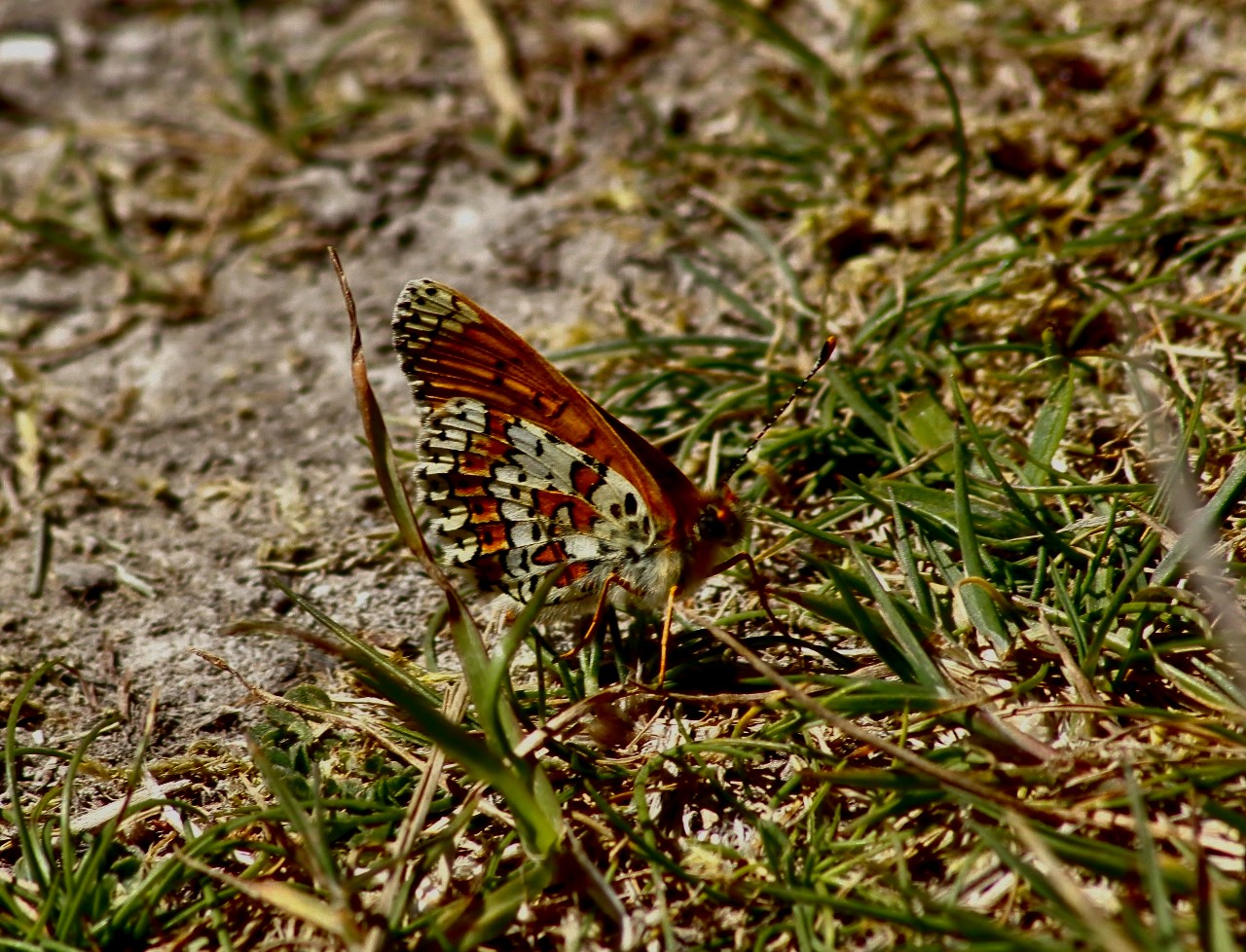
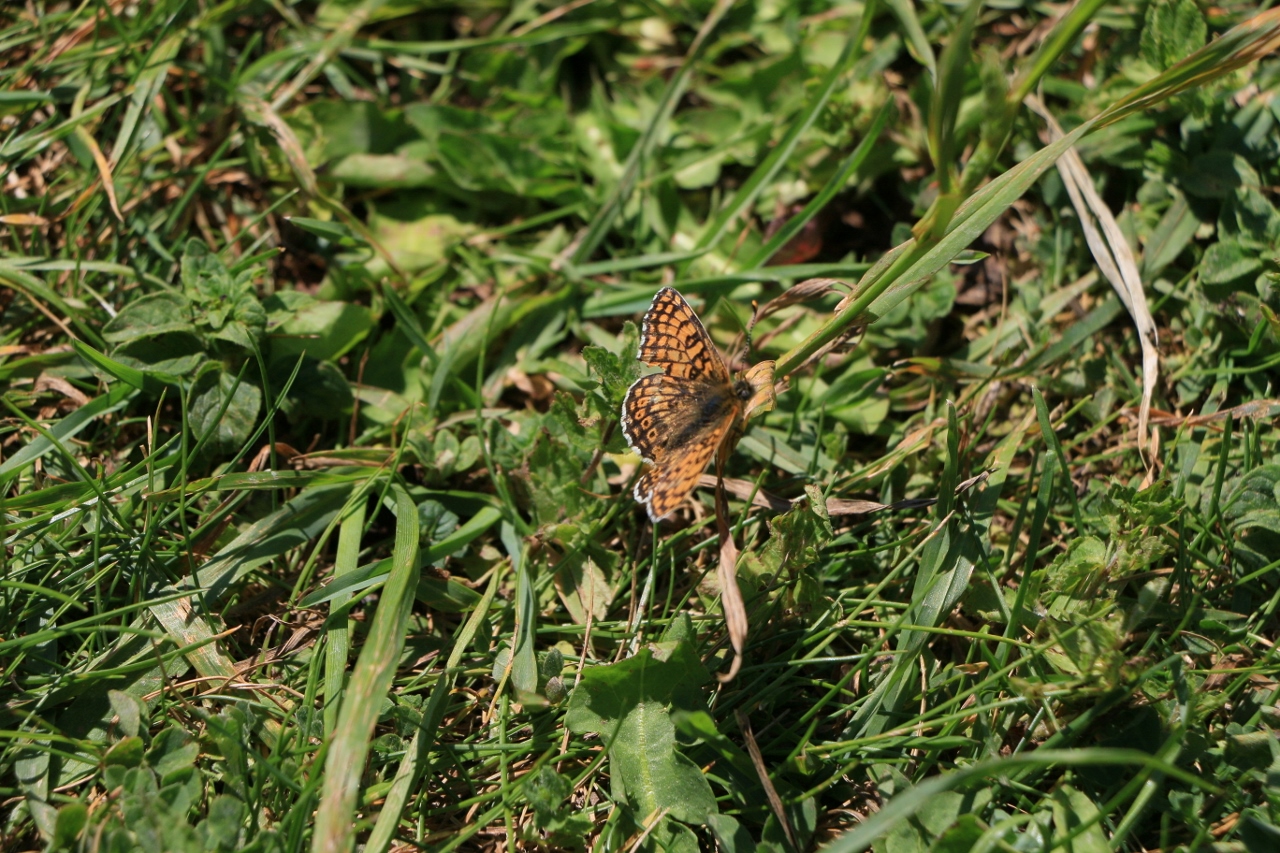
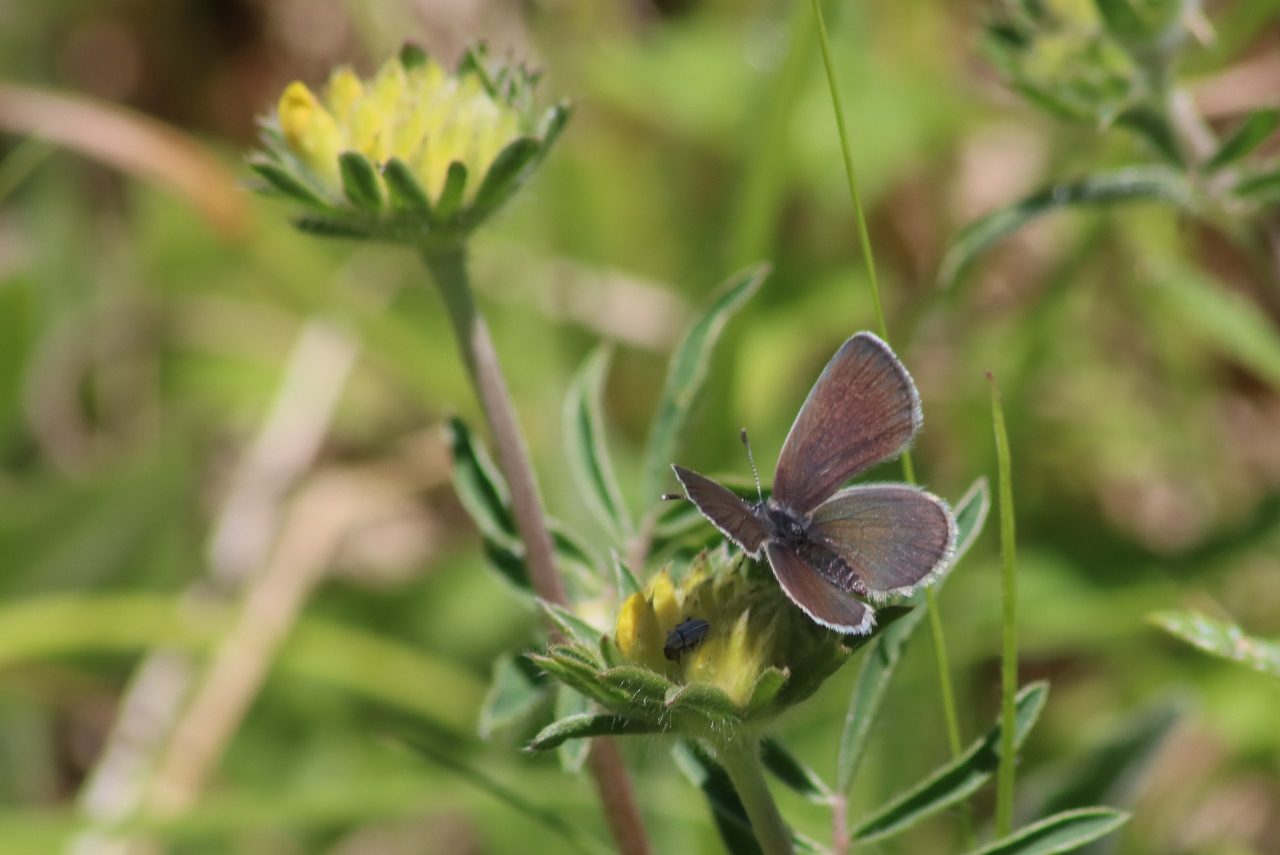




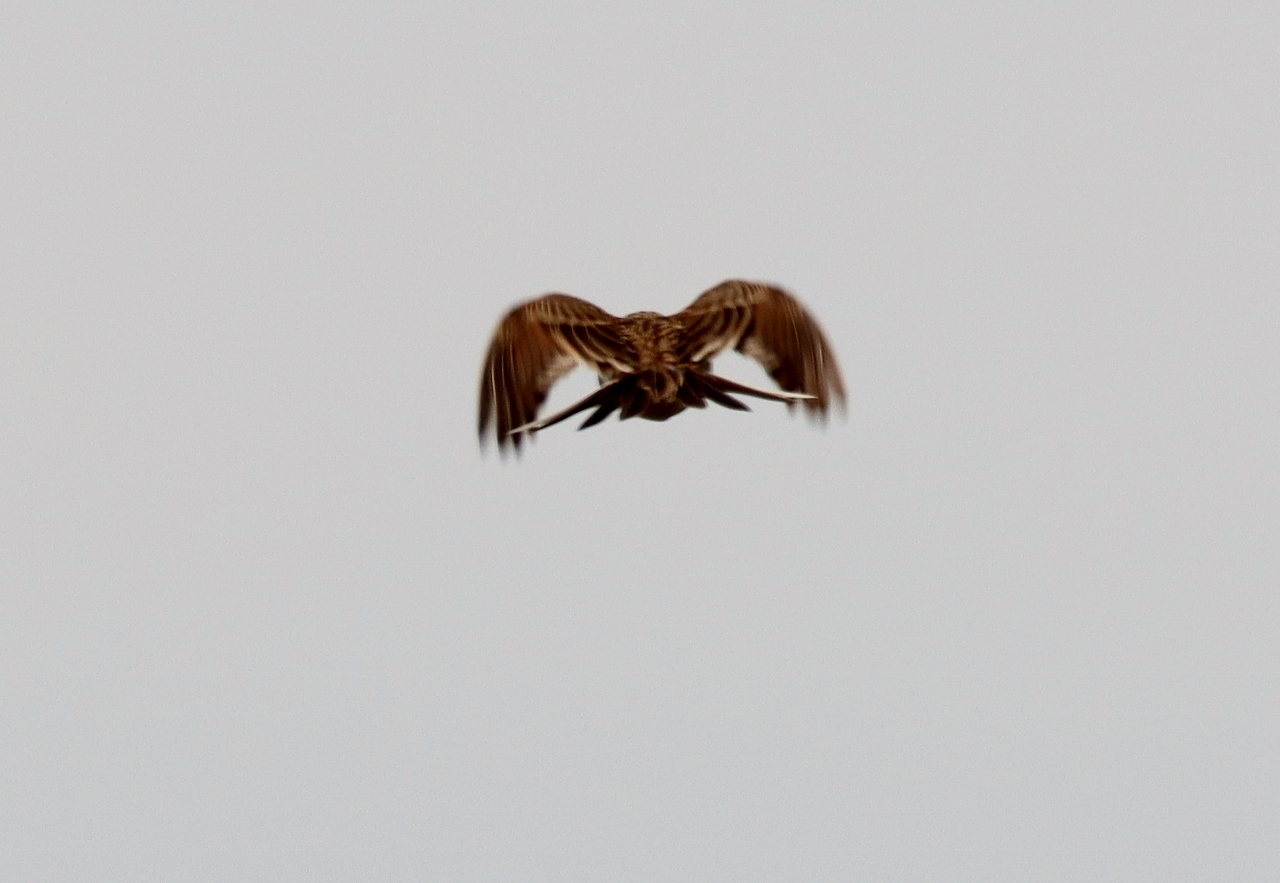
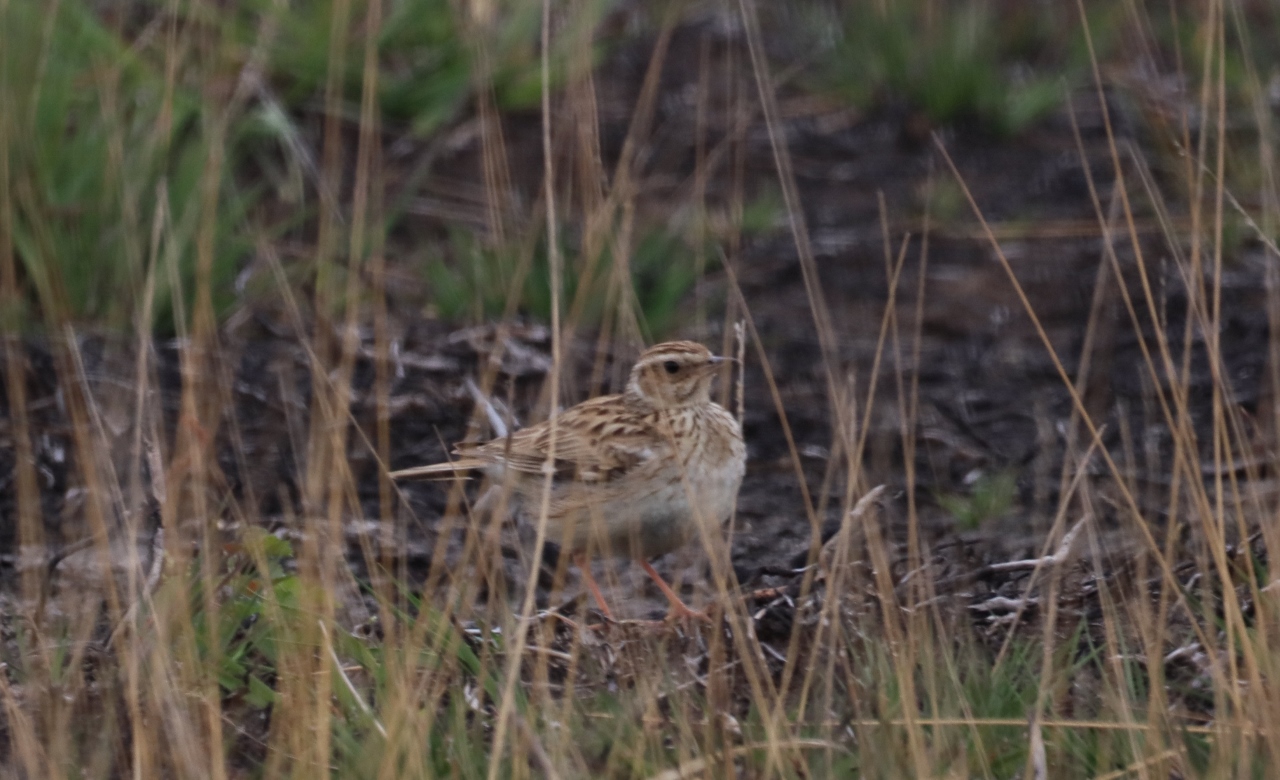

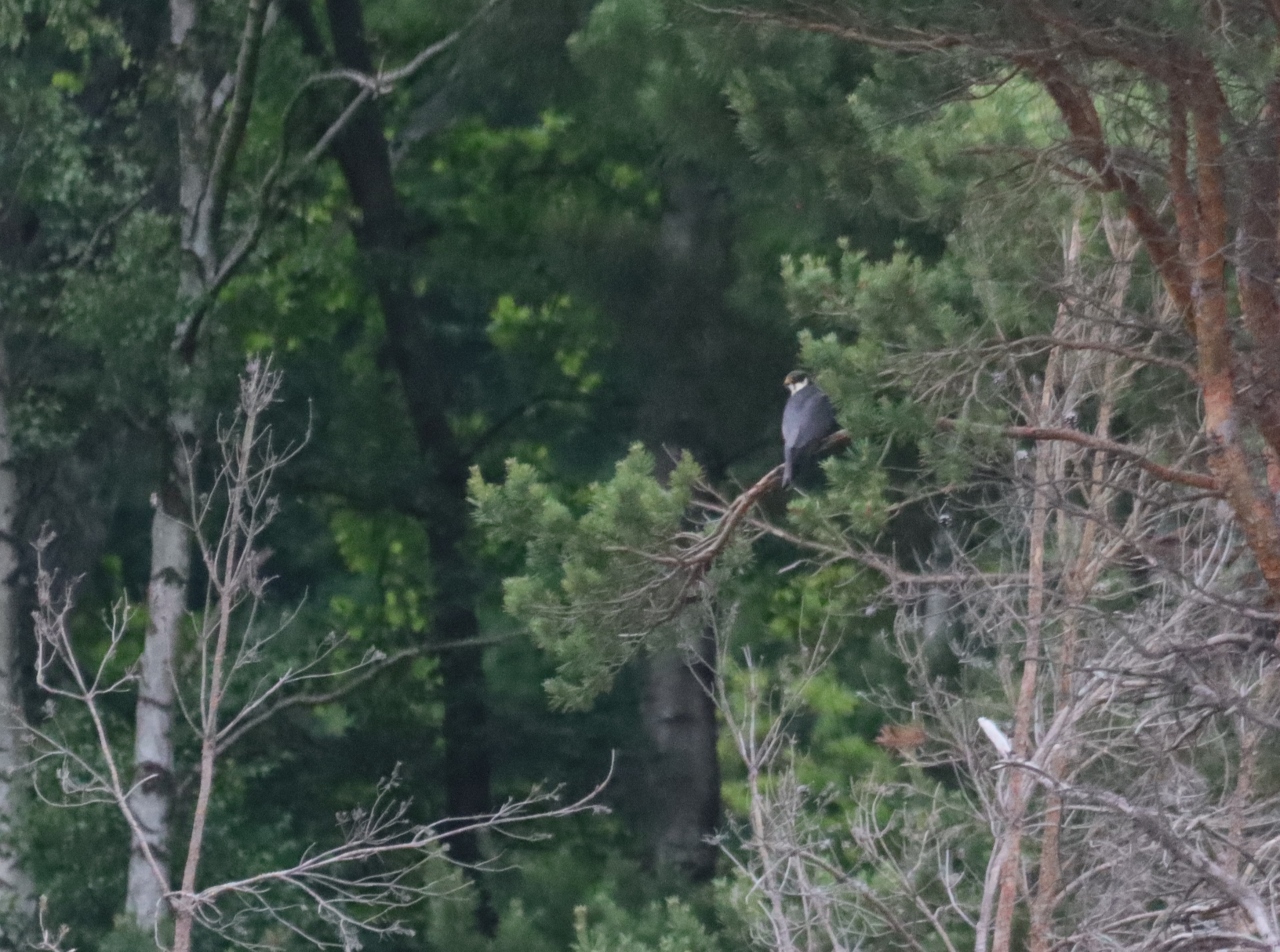
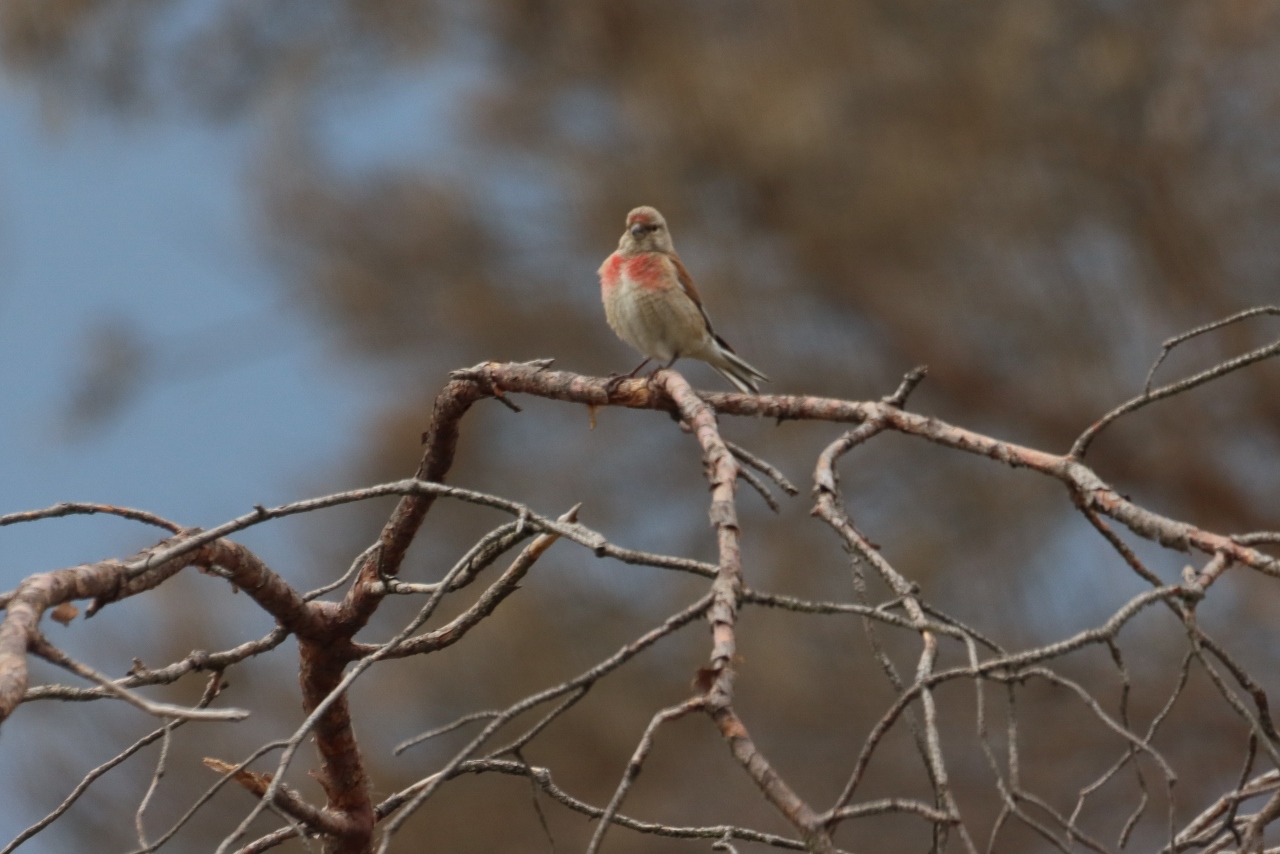

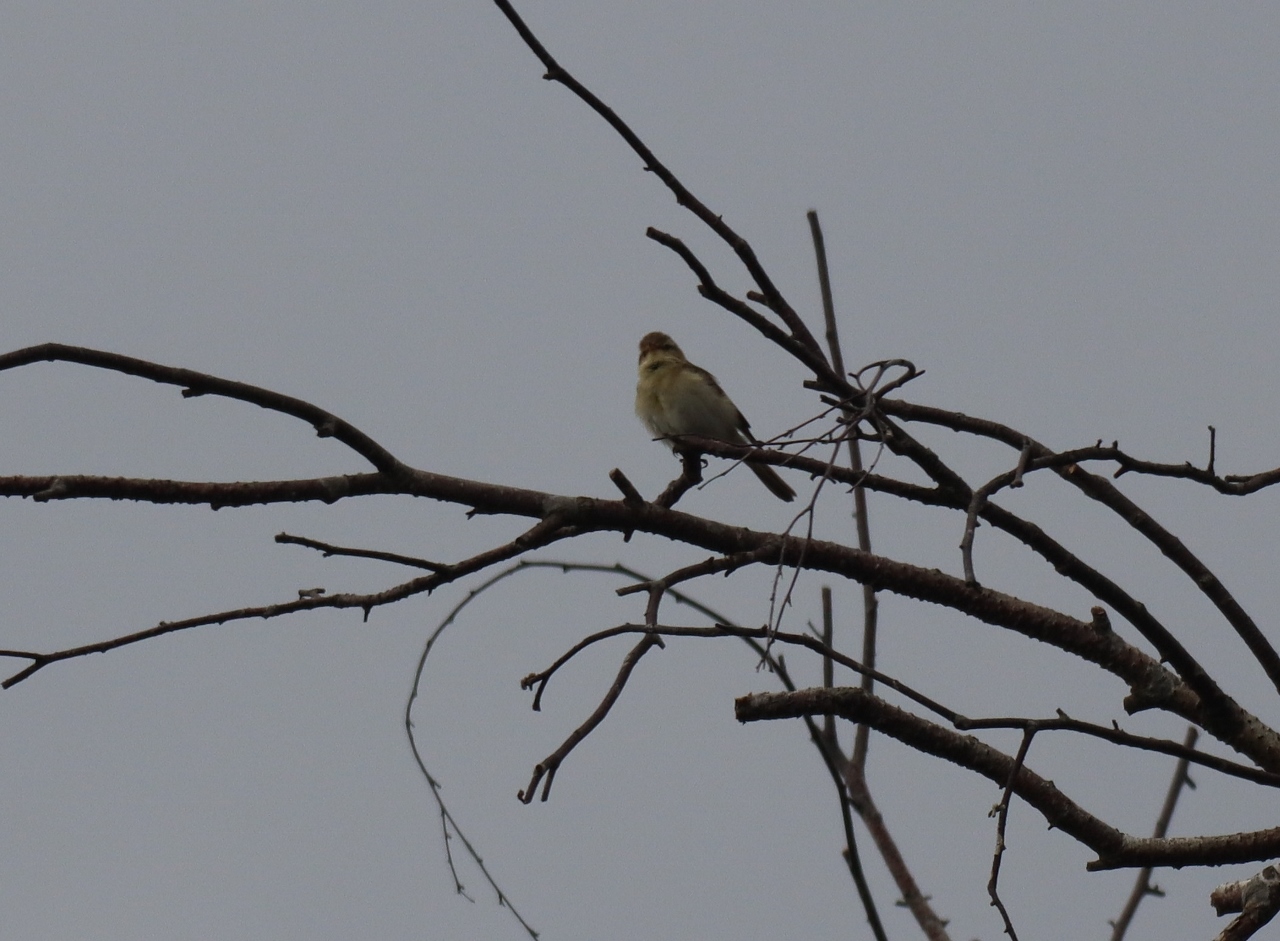
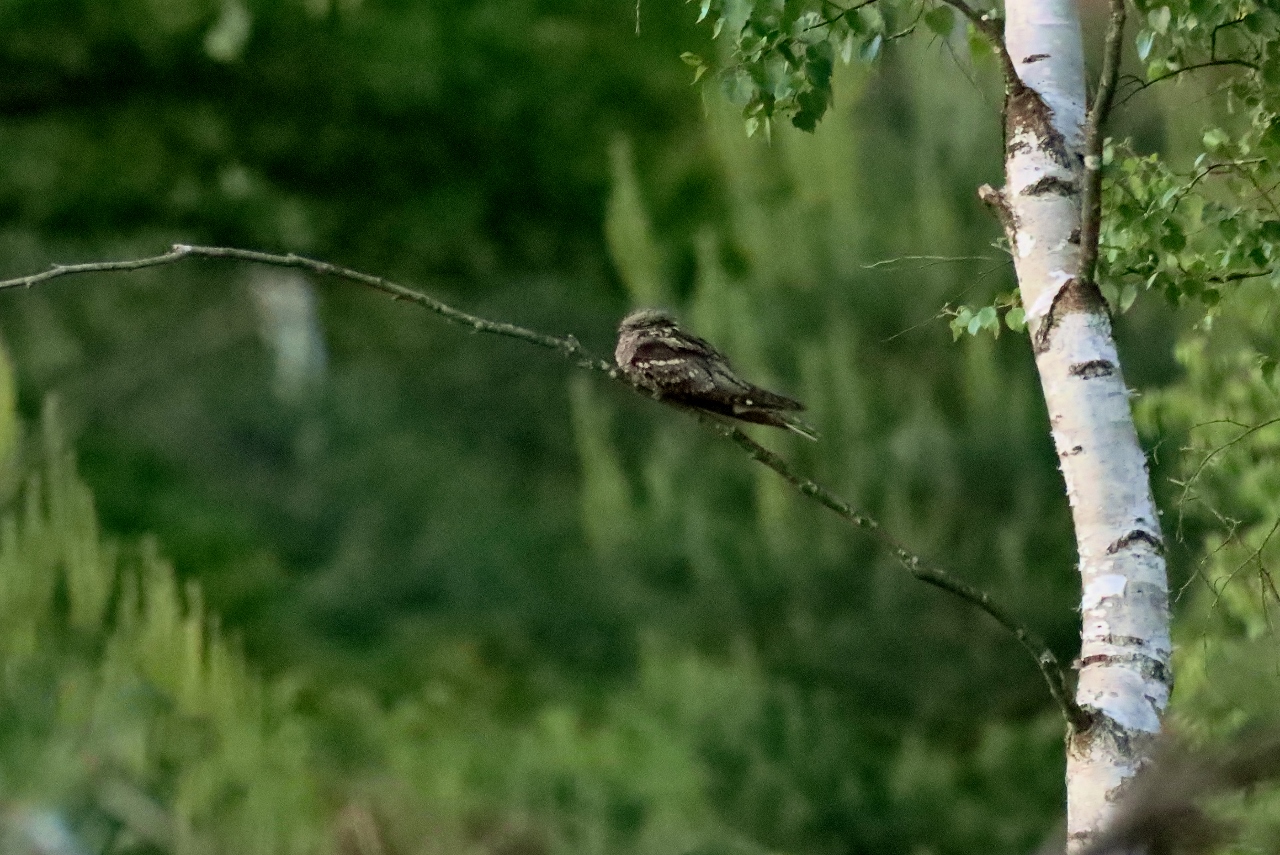
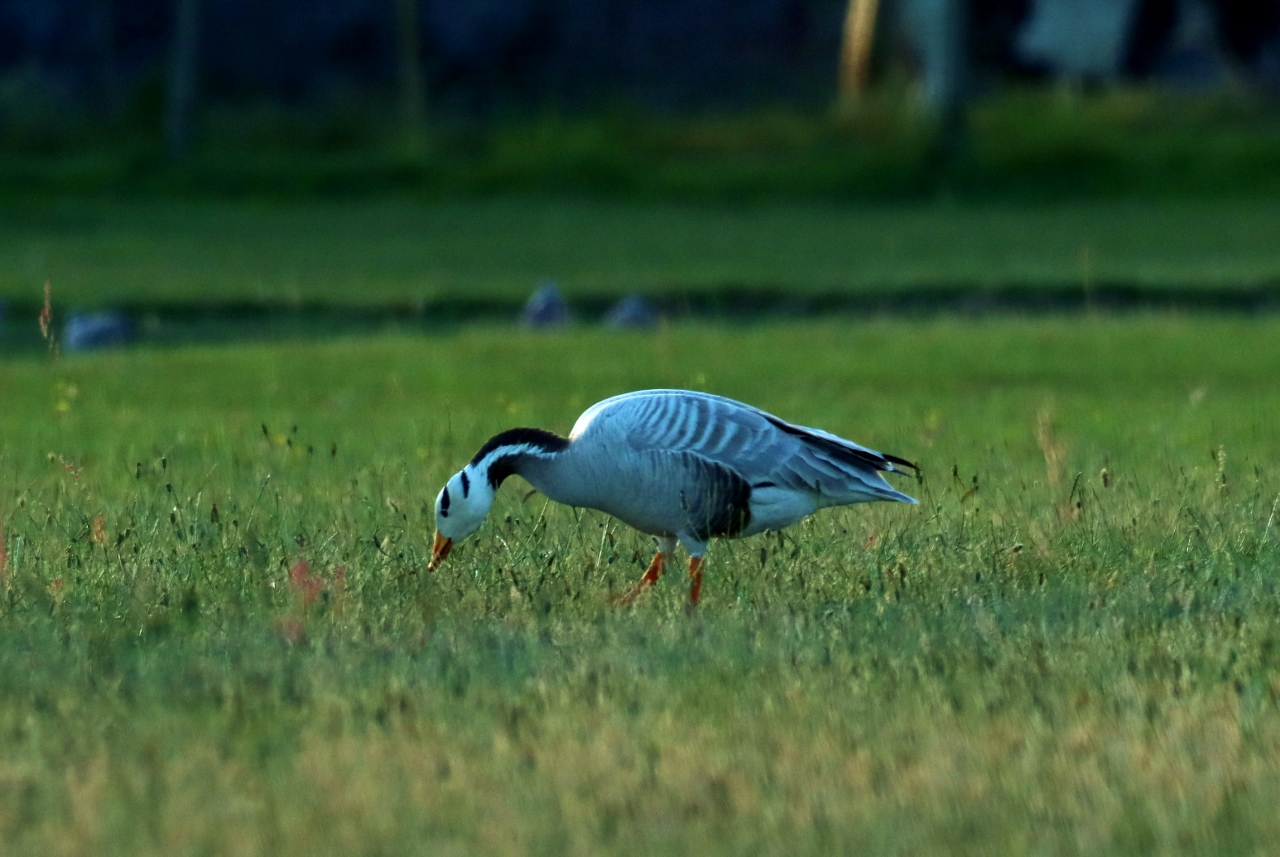
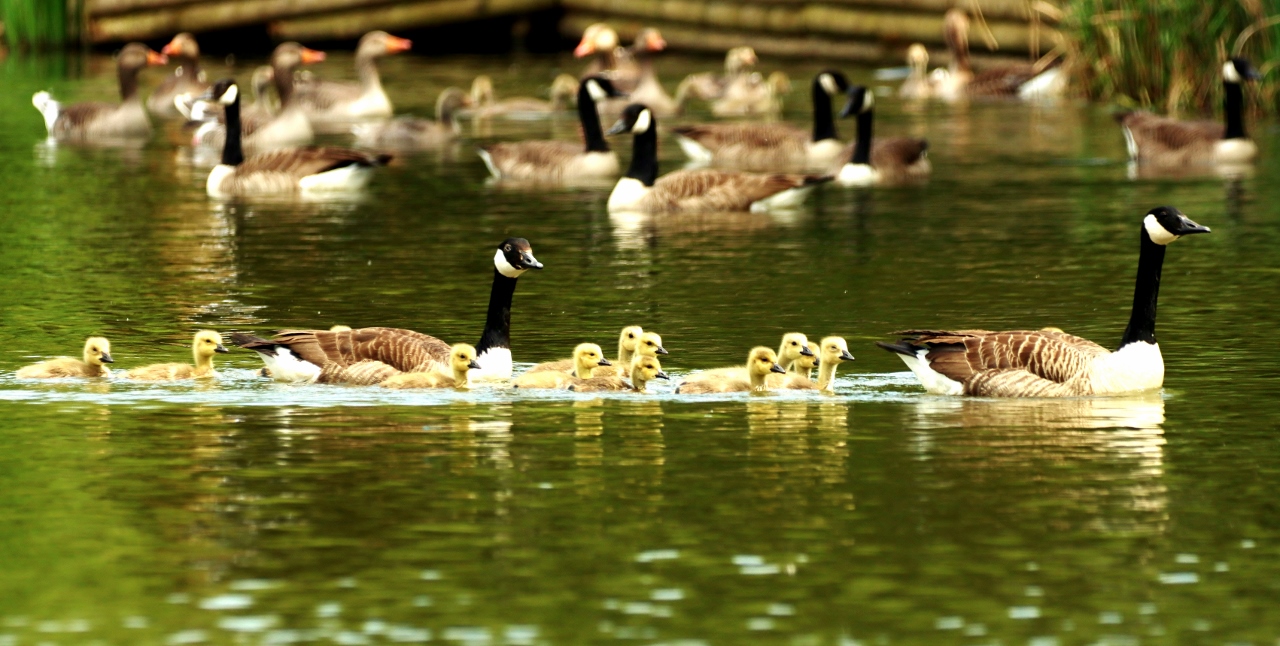
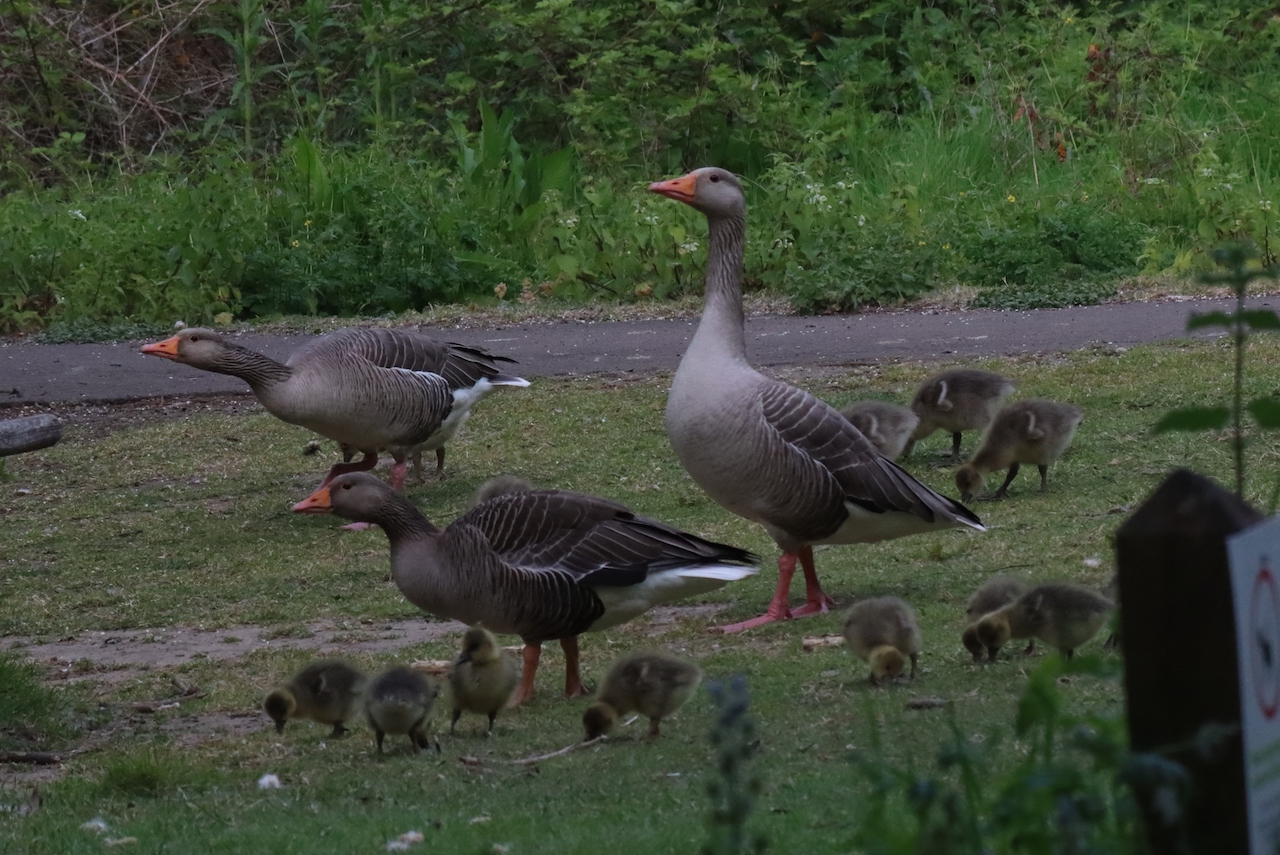


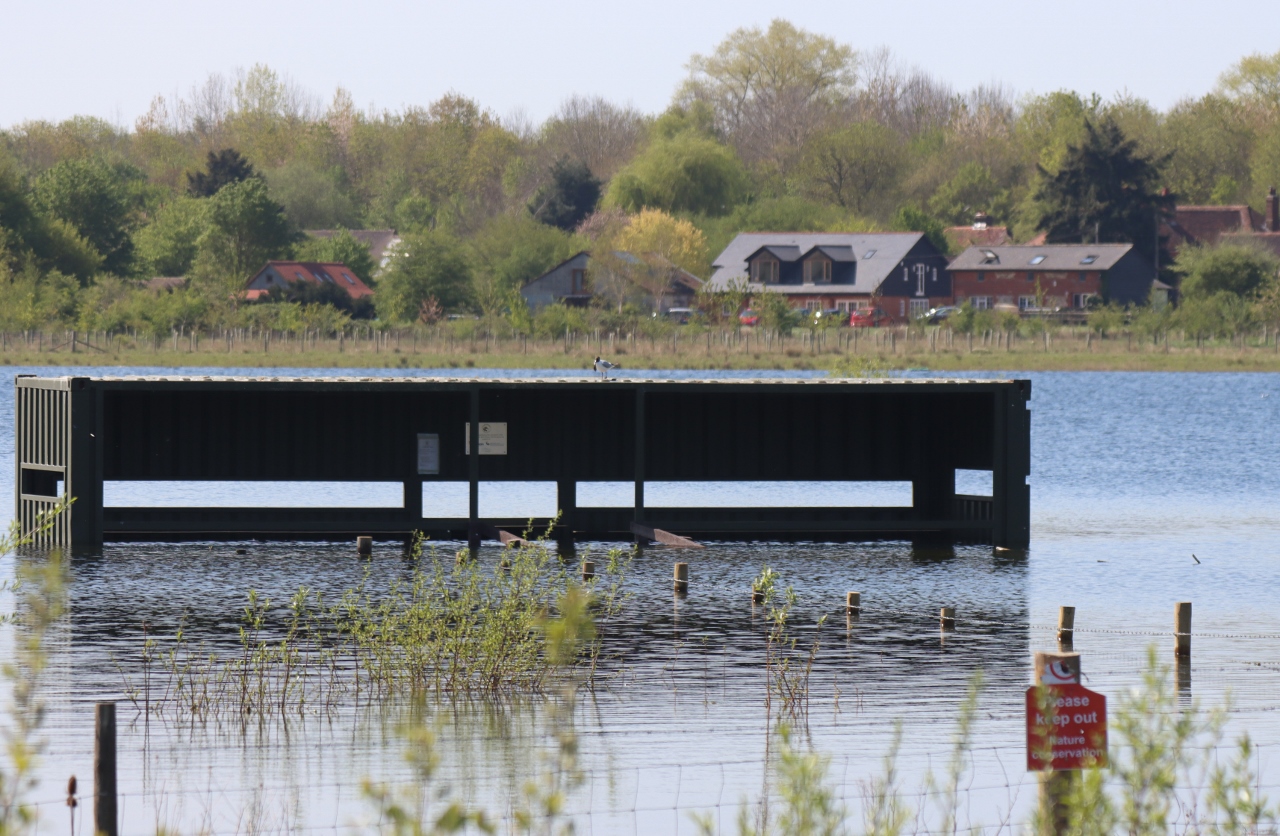
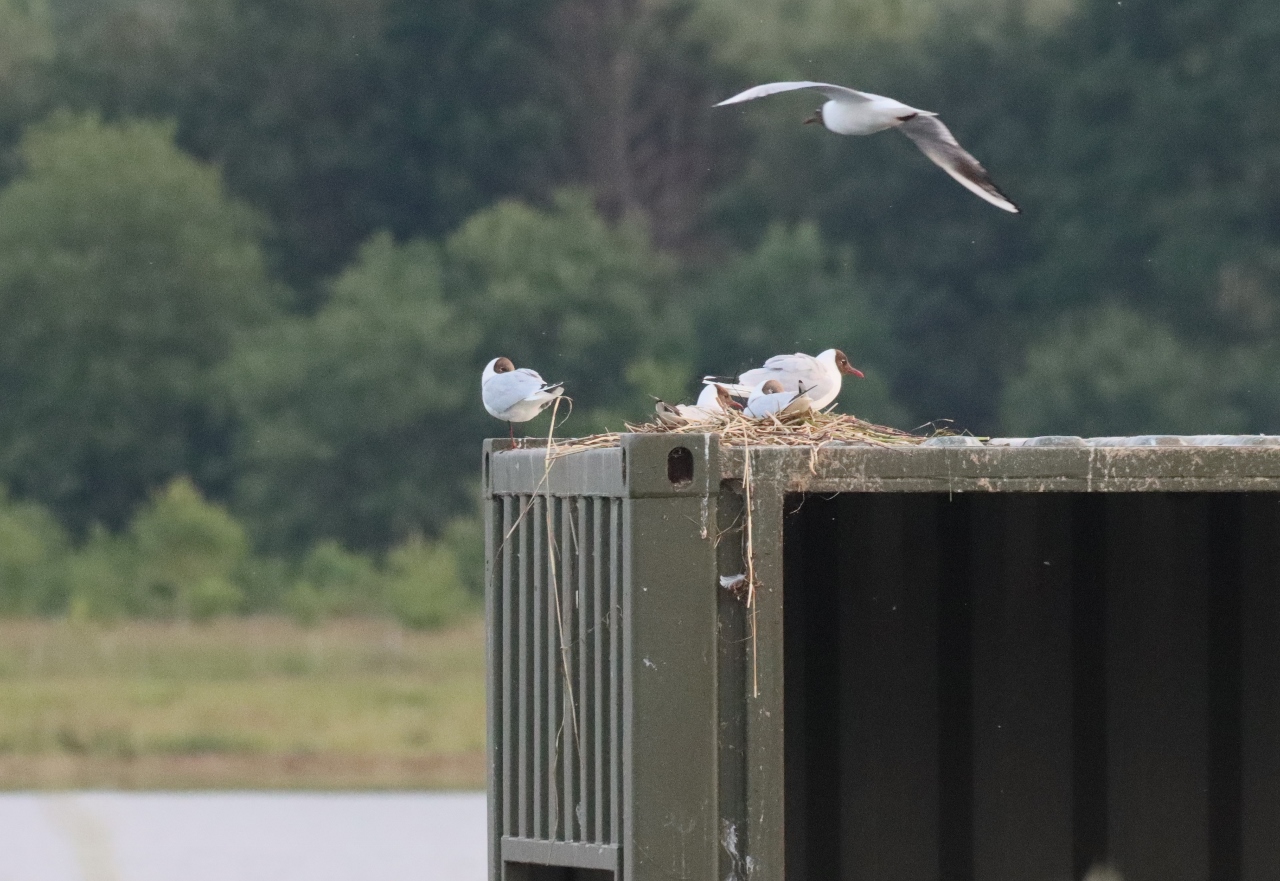

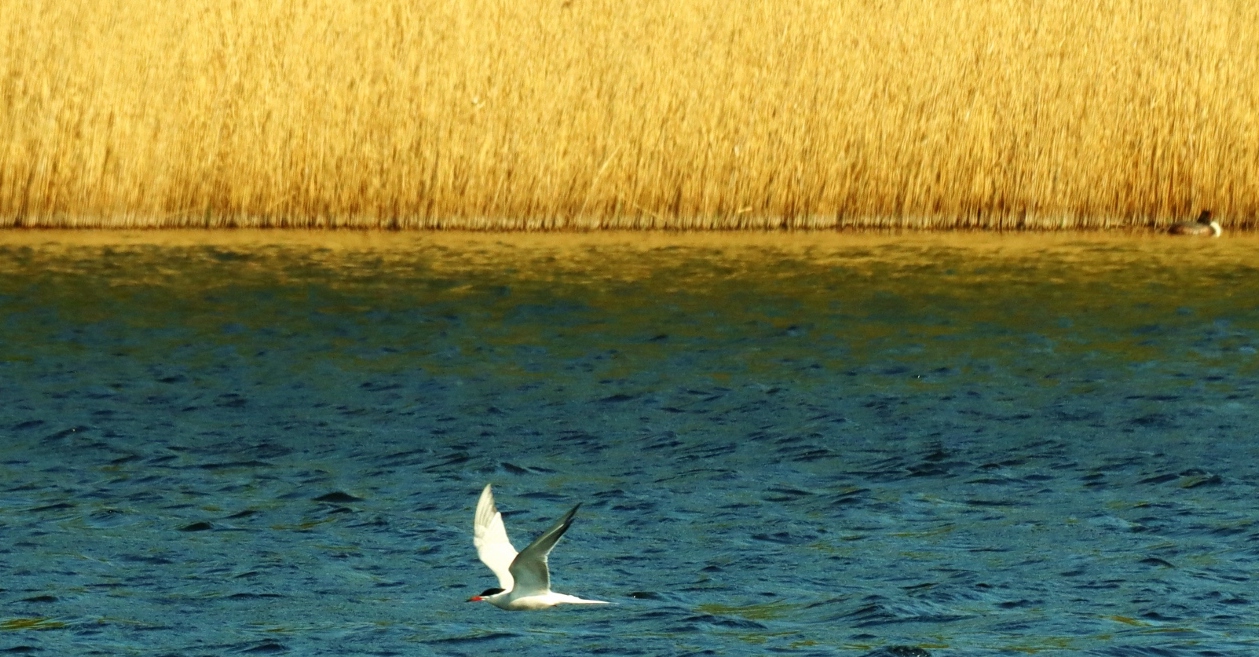
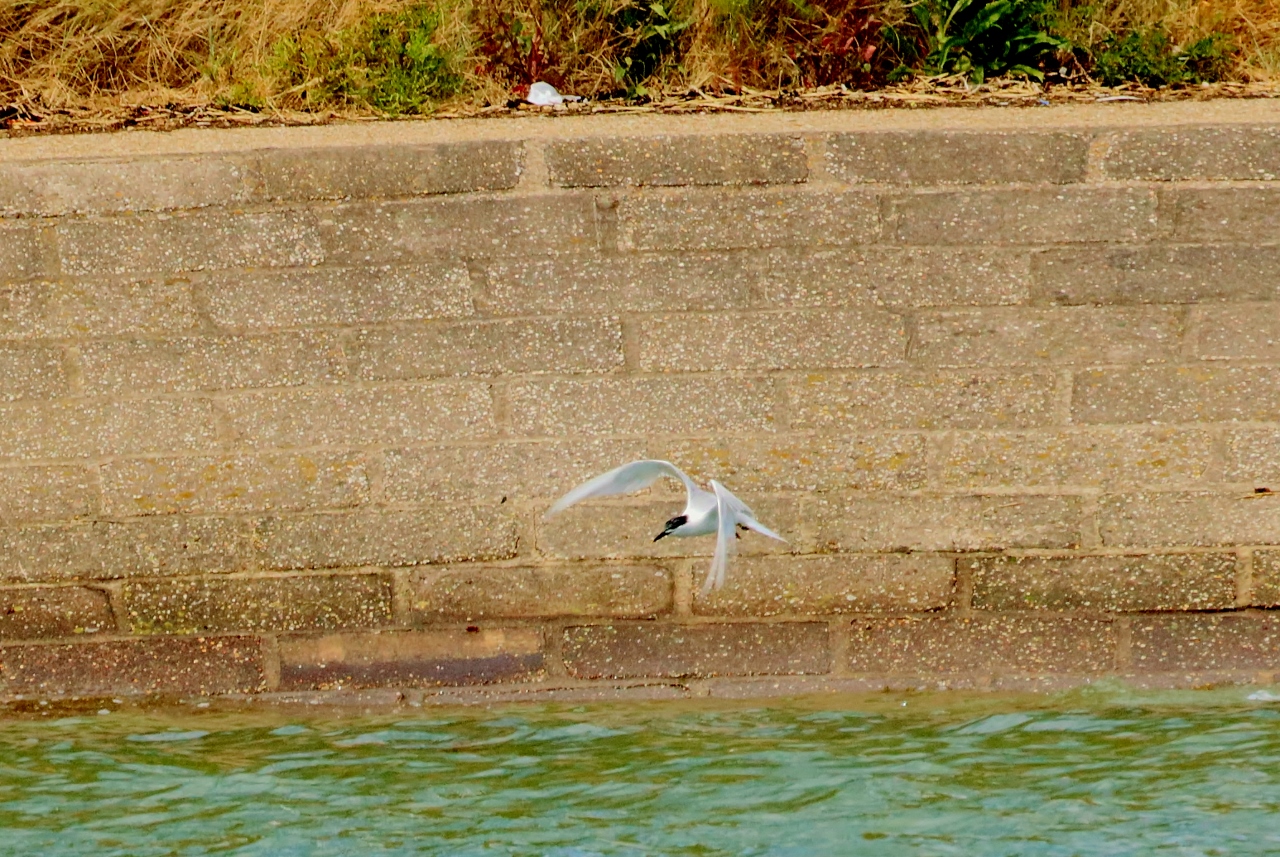

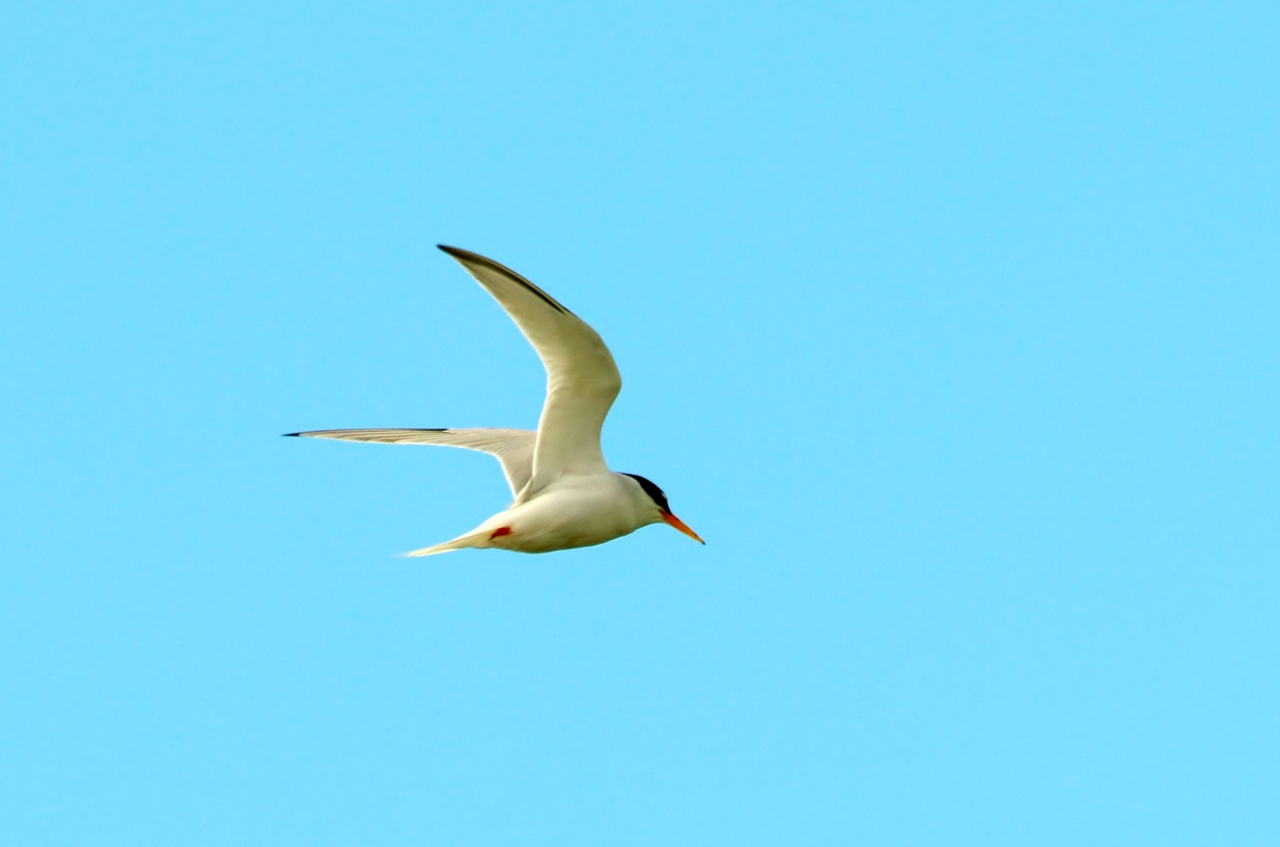
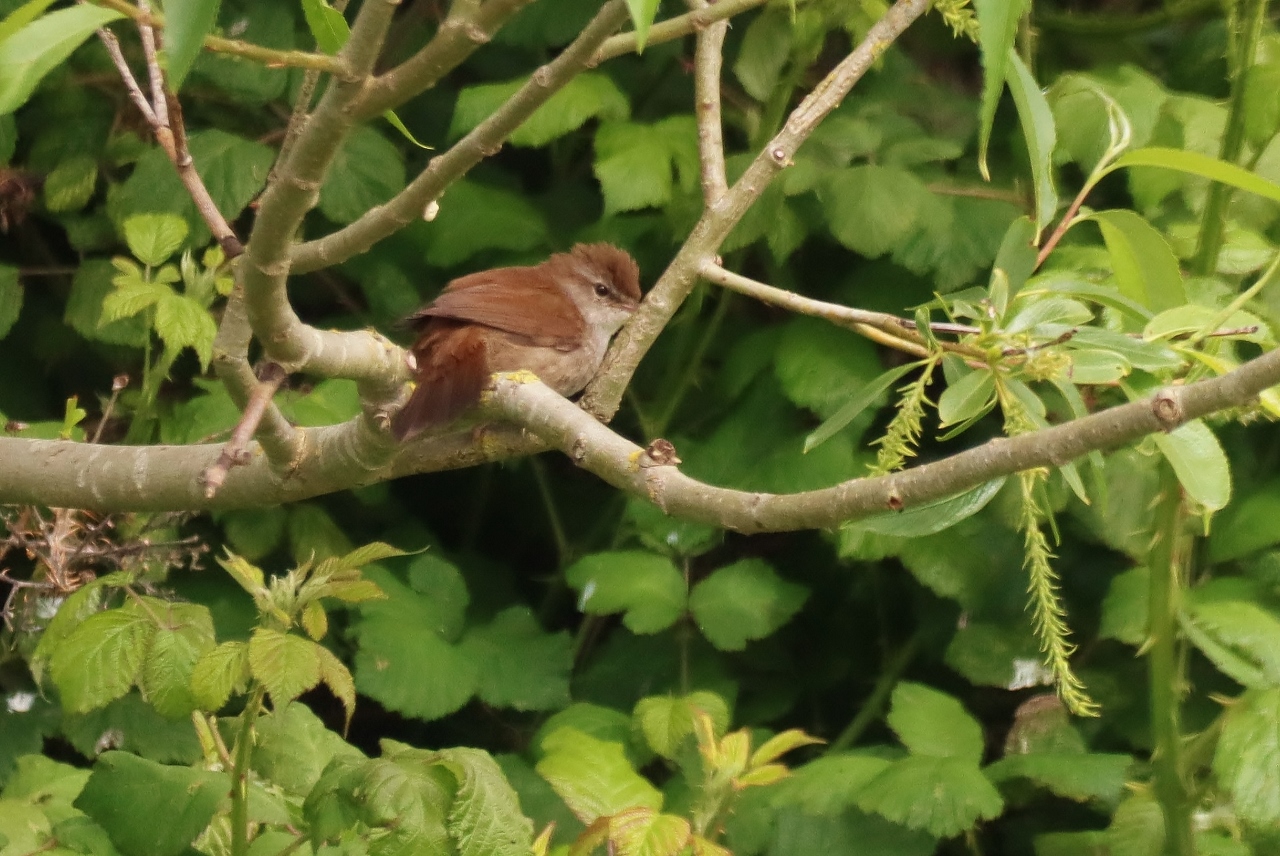

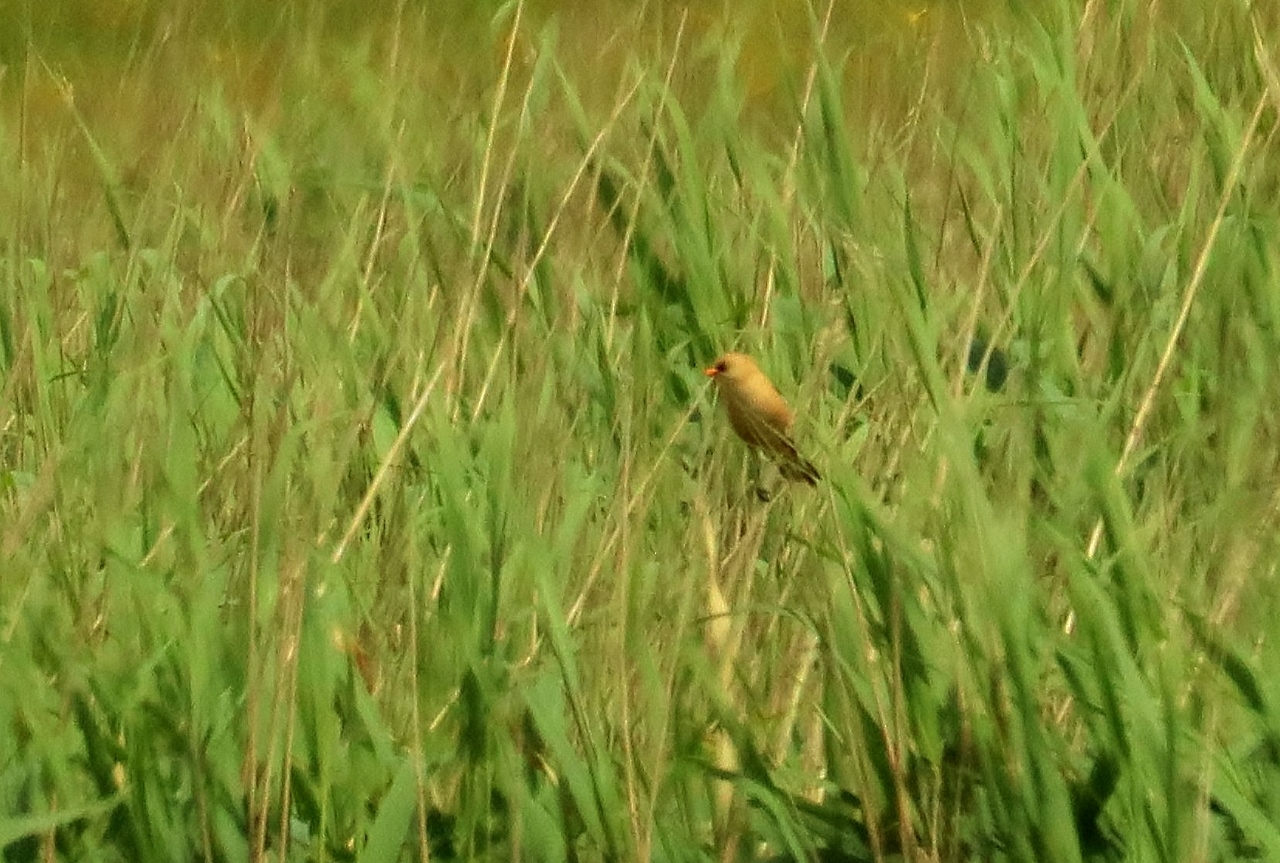
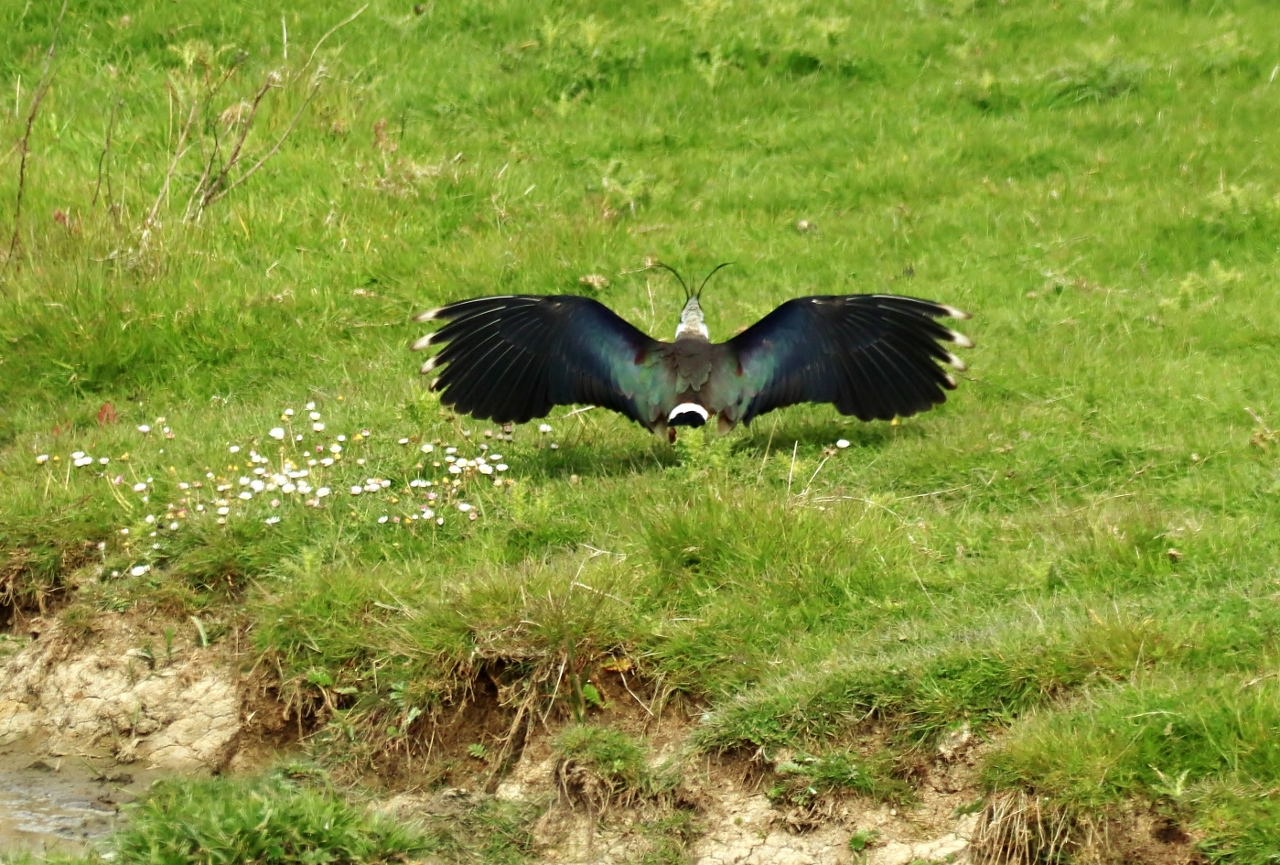

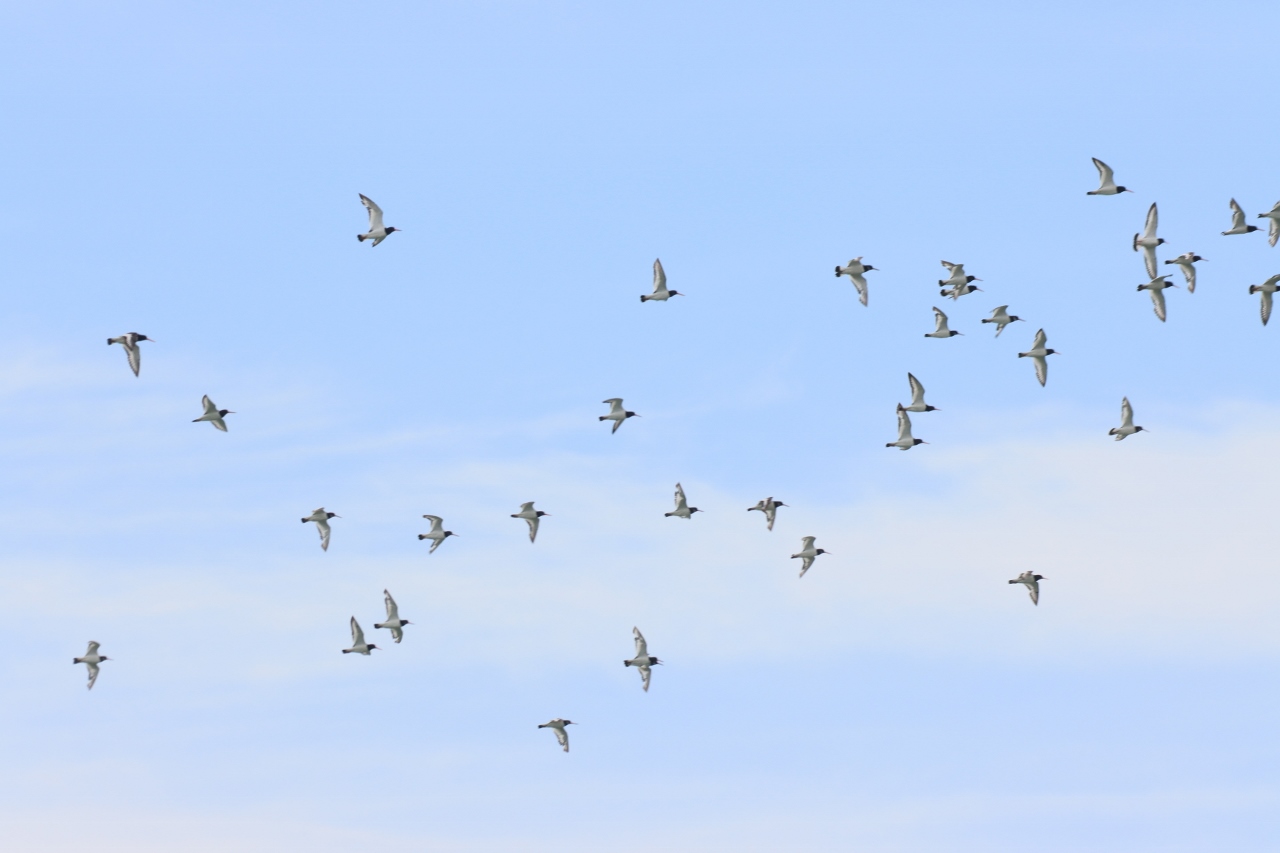

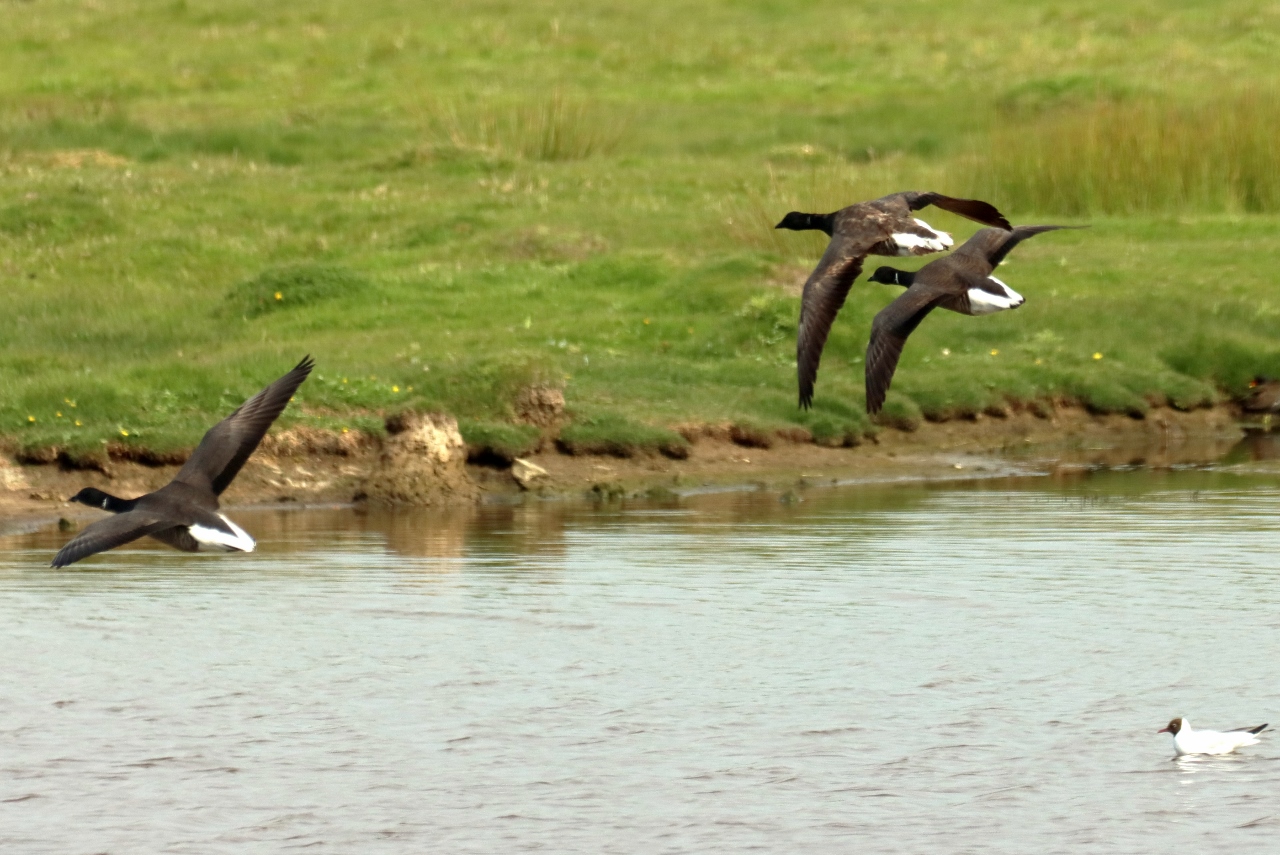
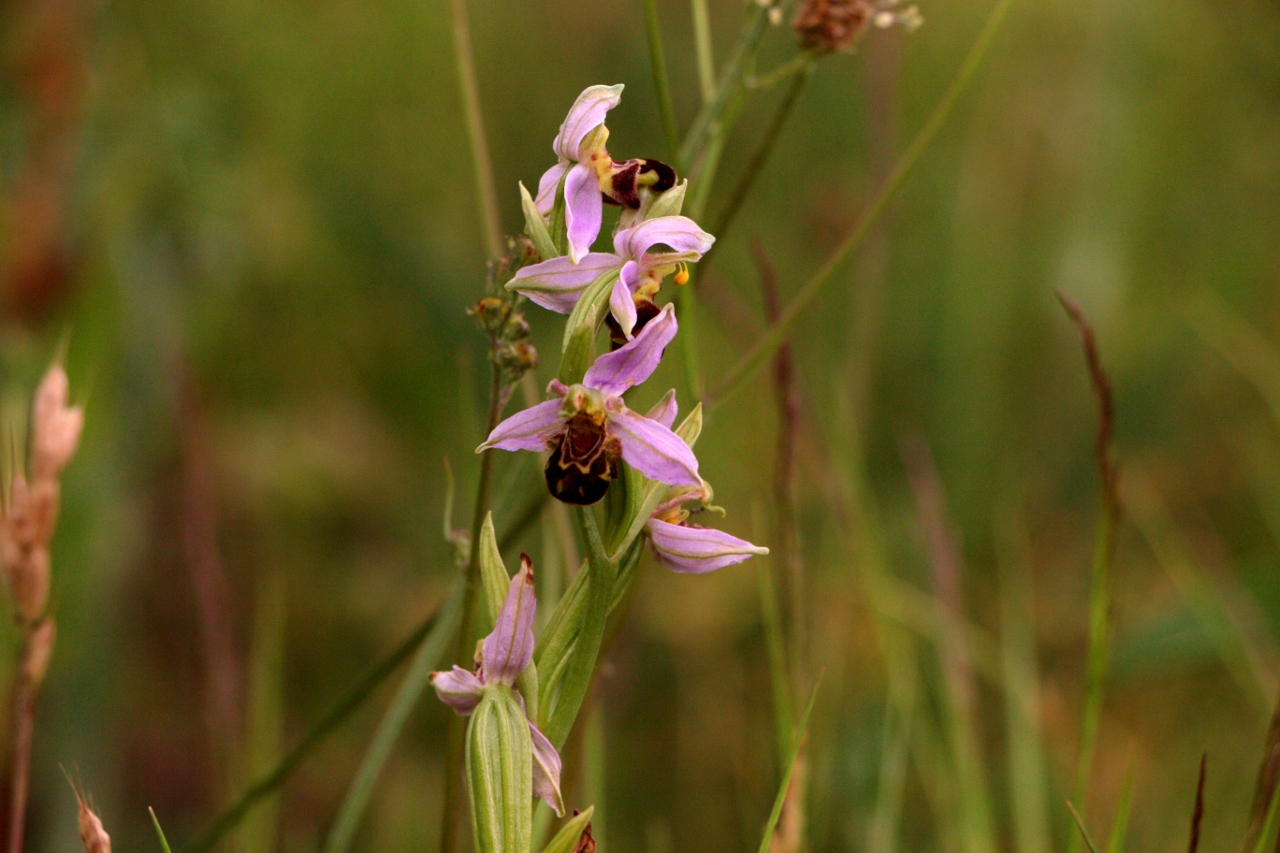
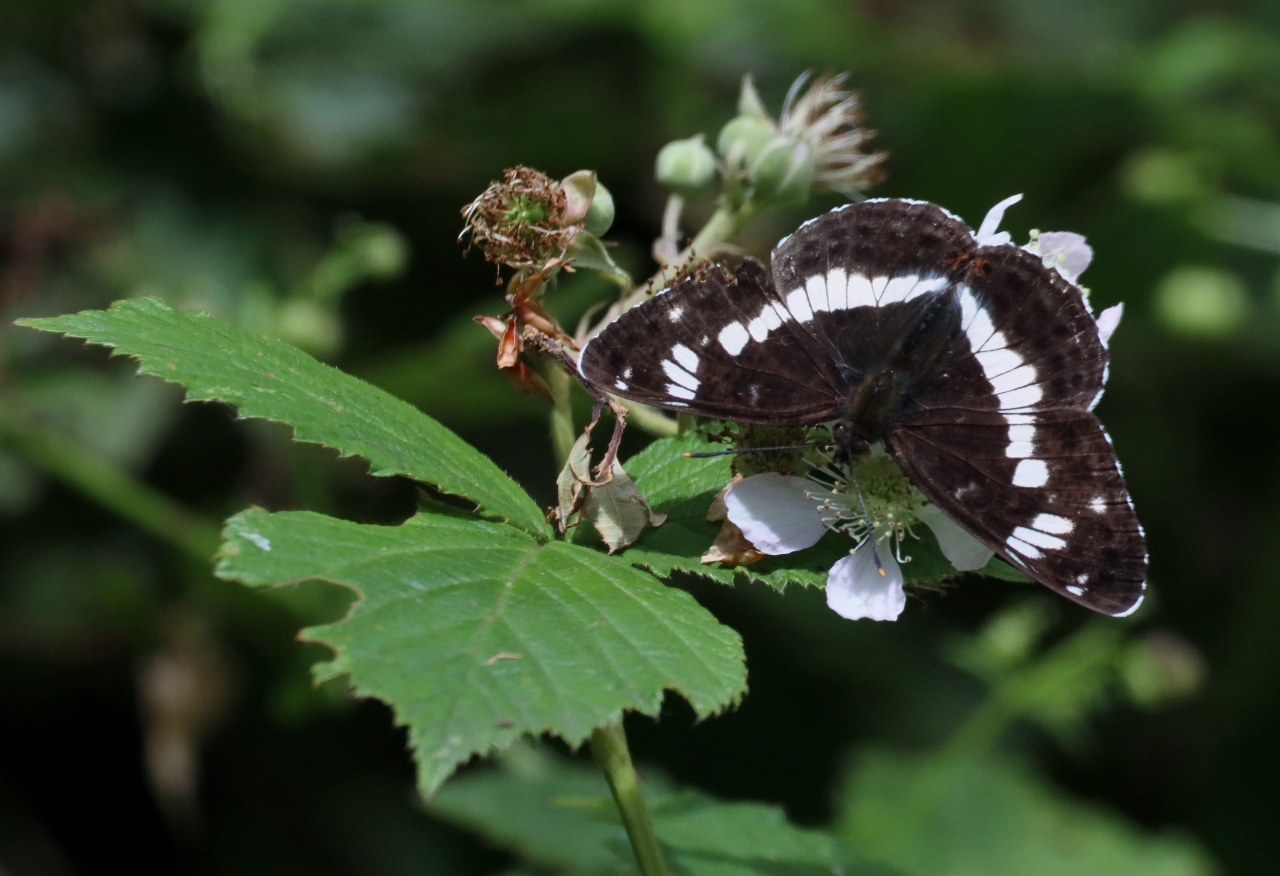
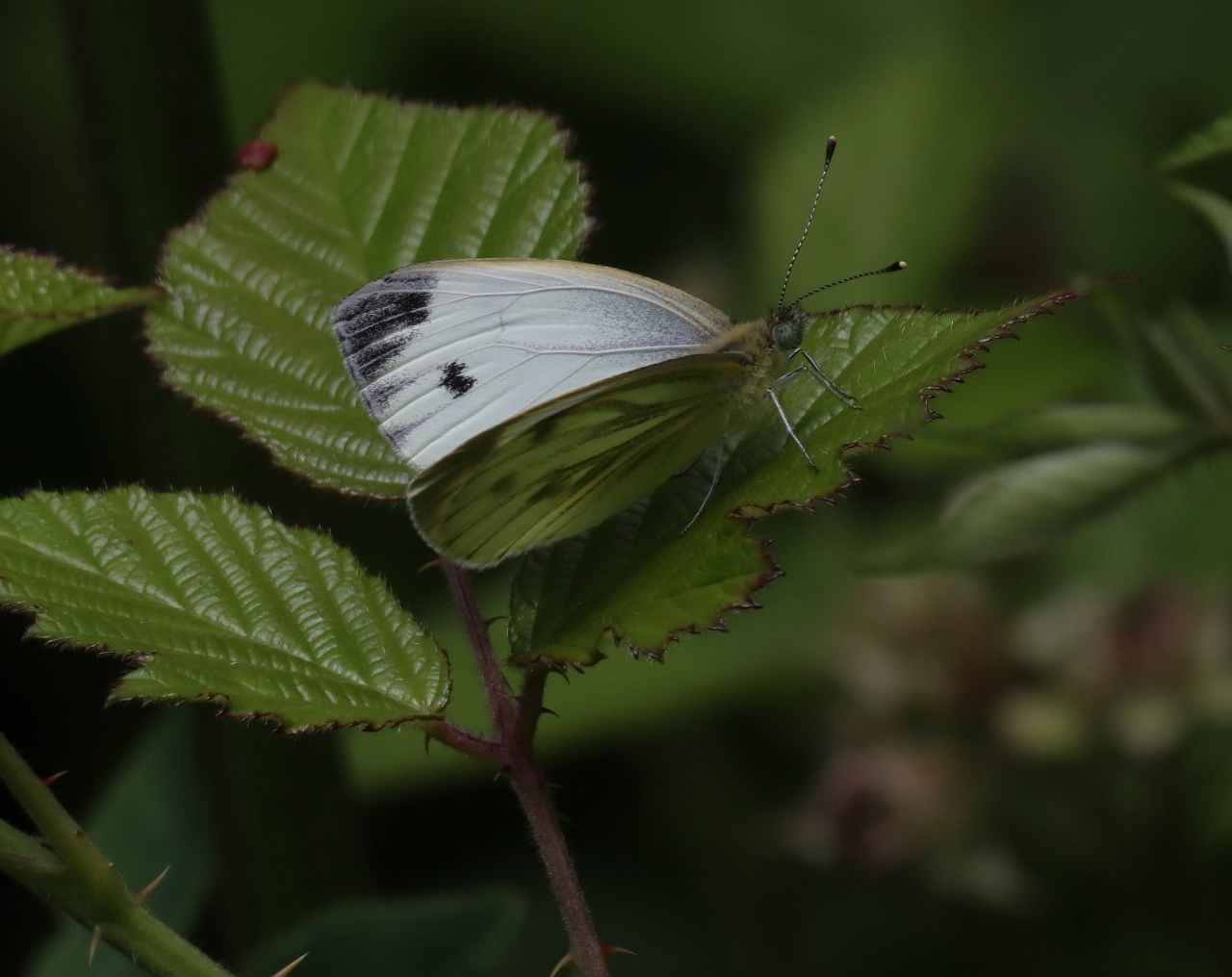
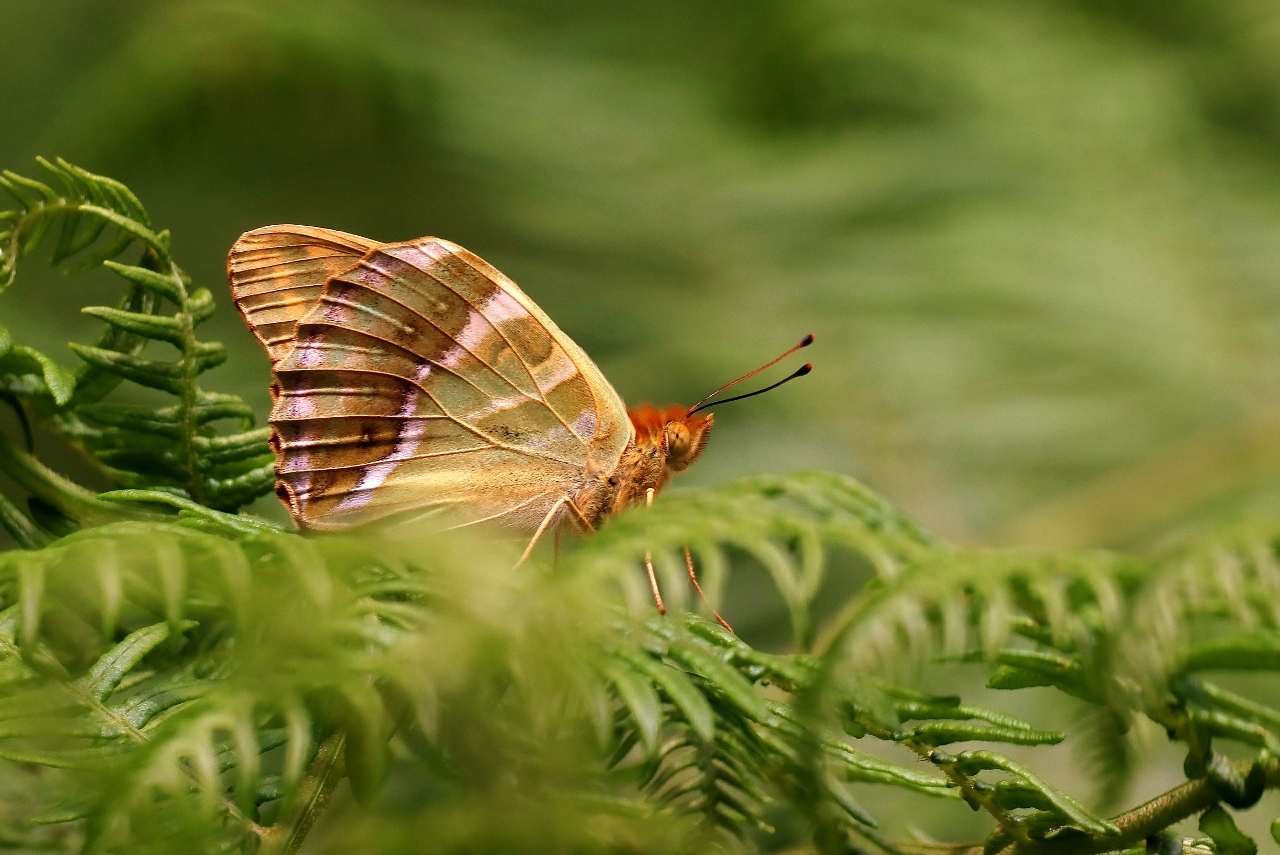

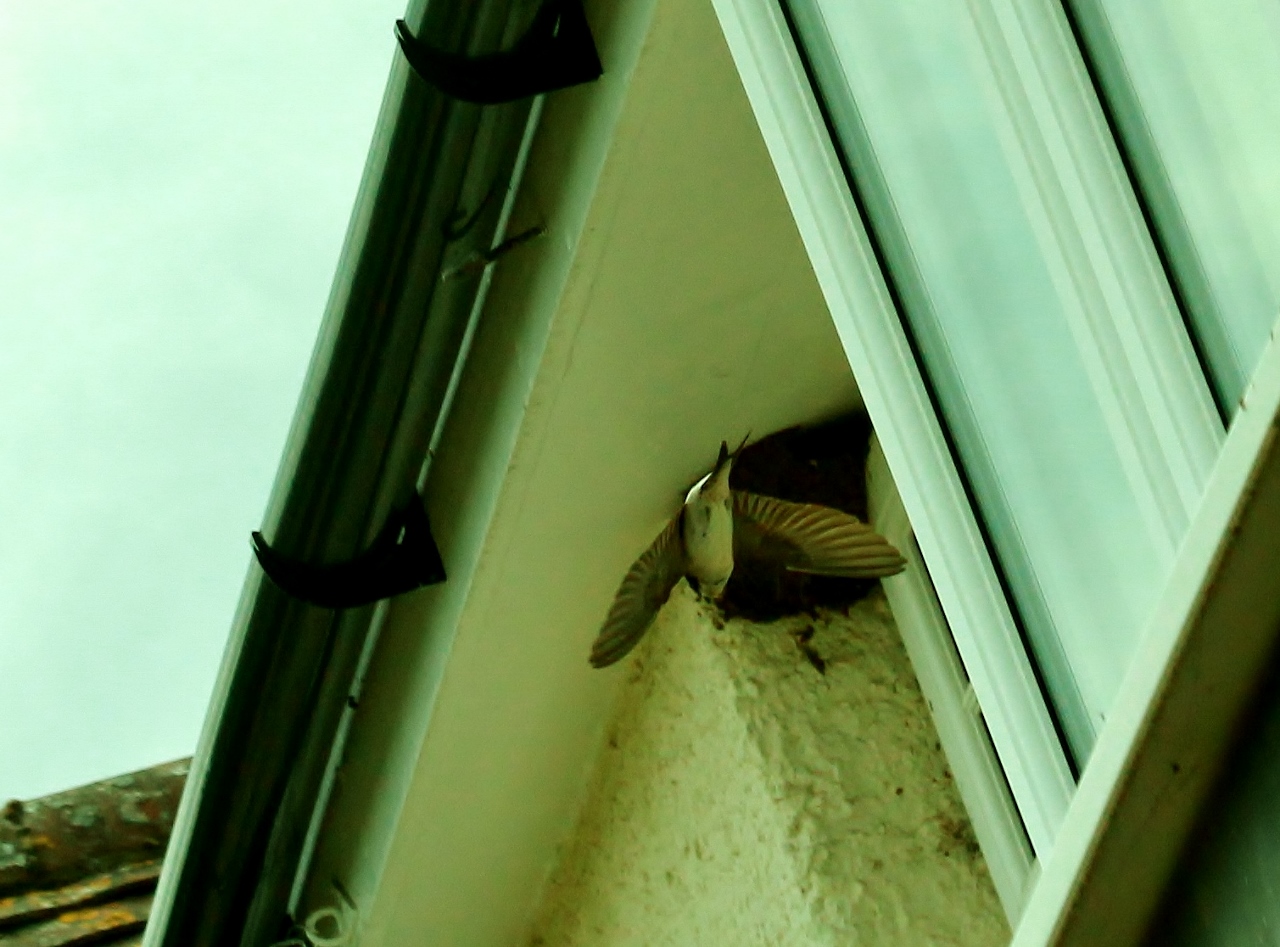
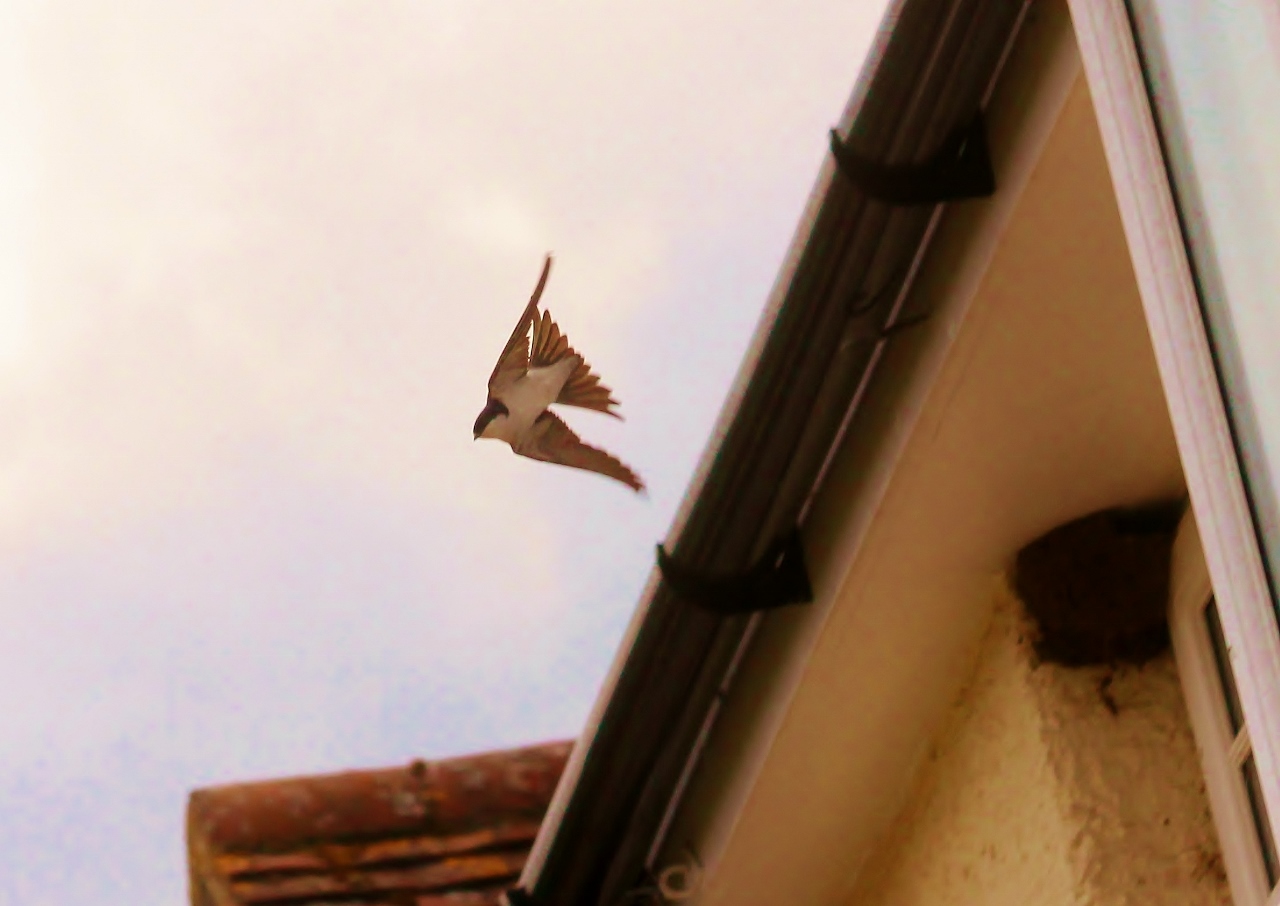




Paul Mattos
June 23, 2020 at 1:13 pm
Fantastic article as always. Nature is awesome and great that this mentions wildflowers and butterflies as well as birds. How about some reptiles and moths as well?
Keith Meldrum
June 23, 2020 at 4:45 pm
What superb photographs. Thank you so much.
Jean Smith
June 24, 2020 at 7:44 am
Really enjoyed reading the diary. You do get around.
Andy Kittow
June 27, 2020 at 10:12 am
Well done Malcolm Fincham
I’m envious of some of his sightings. Superb photos. I didn’t know Black Winged Stilts were so close to home.